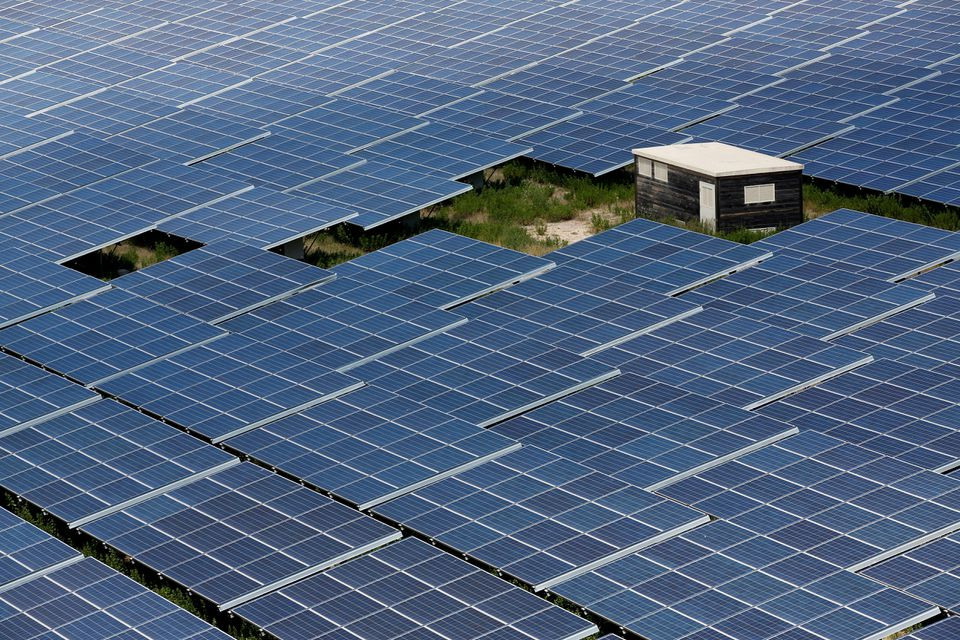
Lucky Cement has kick-started its second captive solar power plant for its own consumption with the aim of reducing costs and continuing to stay in profit under a challenging macroeconomic working environment in the country.
The construction material manufacturer said in a notification to the Pakistan Stock Exchange (PSX) “we are pleased to announce the successful completion and commissioning of our 25MW captive solar power plant located at our manufacturing site in Karachi.”
“(It)…has commenced operation as of August 20, 2023.”
The project was set up at an estimated cost of Rs3 billion. It was expected to save almost half a billion rupees each year, according to a previous notification.
“Since solar pants have a low specific yield, a 25MW plant will give a net output of around 5MW, which is likely to result in annual savings of Rs480 million for the company.”
Read Lucky Cement activates 34MW solar plant
With the launch of the second solar plant, the company’s installed power generation capacity for self-consumption from renewable sources has increased to 39%. This includes a 34MW solar power plant commissioned in December 2022 at its manufacturing site in Pezu, Lakki Marwat and the waste heat recovery plants at both locations.
GM Finance and Company Secretary Faisal Mahmood said in the notification “the combined capacity of both solar power plants has significantly bolstered our commitment to renewable and clean energy.”
“The investment in renewable energy initiative will save costs and also reduce the country’s reliance on imported fuel. We remain committed to pursuing environmentally conscious initiatives in the future.”
The company reported a net profit of Rs48.5 billion in the first nine months (Jul-Mar) of previous fiscal year 2022-23, up by a staggering 83% compared to Rs26.53 billion in the same period of last year.
The company’s net profit increased due to the profitability of Lucky Electric Power Company Limited (LEPCL) compared to a loss in the corresponding period of last year.
The launch of the solar power project is in line with the government’s strategy to increase the share of renewable energy in the total power production to 30% by 2030 compared to around 6-7% at present.
Solar power marketing firms have, however, shown grave concerns over the limited bank financing for import of solar equipment, saying that inconsistency in the government’s renewable energy policy has slowed down solar projects.
The import of renewable energy equipment can help gradually, but significantly cut fuel imports and save a massive amount of foreign exchange in the long run.
Read more Govt revises decision to promote solar projects
The slowdown in solar equipment imports is set to lead Pakistan to miss its target of increasing the share of renewable energy to 30% by 2030. The import of solar equipment slowed down to $1 billion (equivalent to one gigawatt energy producing equipment) in FY23 compared to $2 billion (2.4 gigawatt equipment) in FY22.
Pakistan Solar Association Vice Chairman Muhammad Zakir Ali said the other day the government should give a clear and long-term import policy to traders to let them remain in business.
“Abrupt changes in the policy are making business more complicated, instead of providing ease of doing business, and are causing significant financial losses.”
He claimed that the liberal import of solar equipment could reduce import of energy (oil, coal and gas for power production) by around 30% in four to five years. However, vested interest groups continued to misguide the government, resulting in a slowdown in the import of renewable energy equipment.
Published in The Express Tribune, August 22nd, 2023.
Like Business on Facebook, follow @TribuneBiz on Twitter to stay informed and join in the conversation.






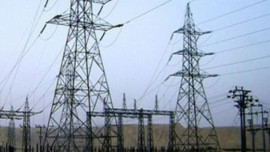





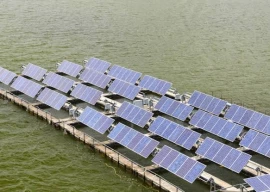
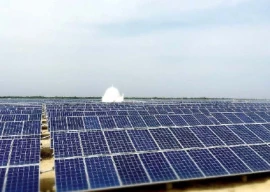
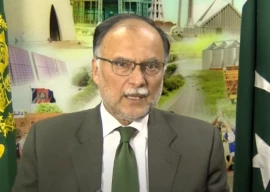




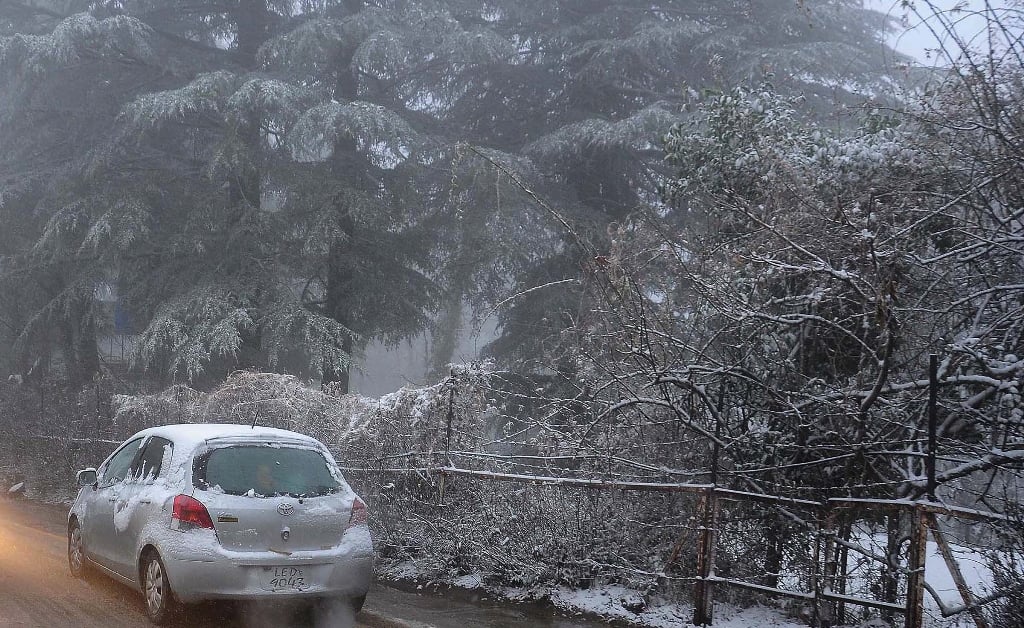







COMMENTS
Comments are moderated and generally will be posted if they are on-topic and not abusive.
For more information, please see our Comments FAQ